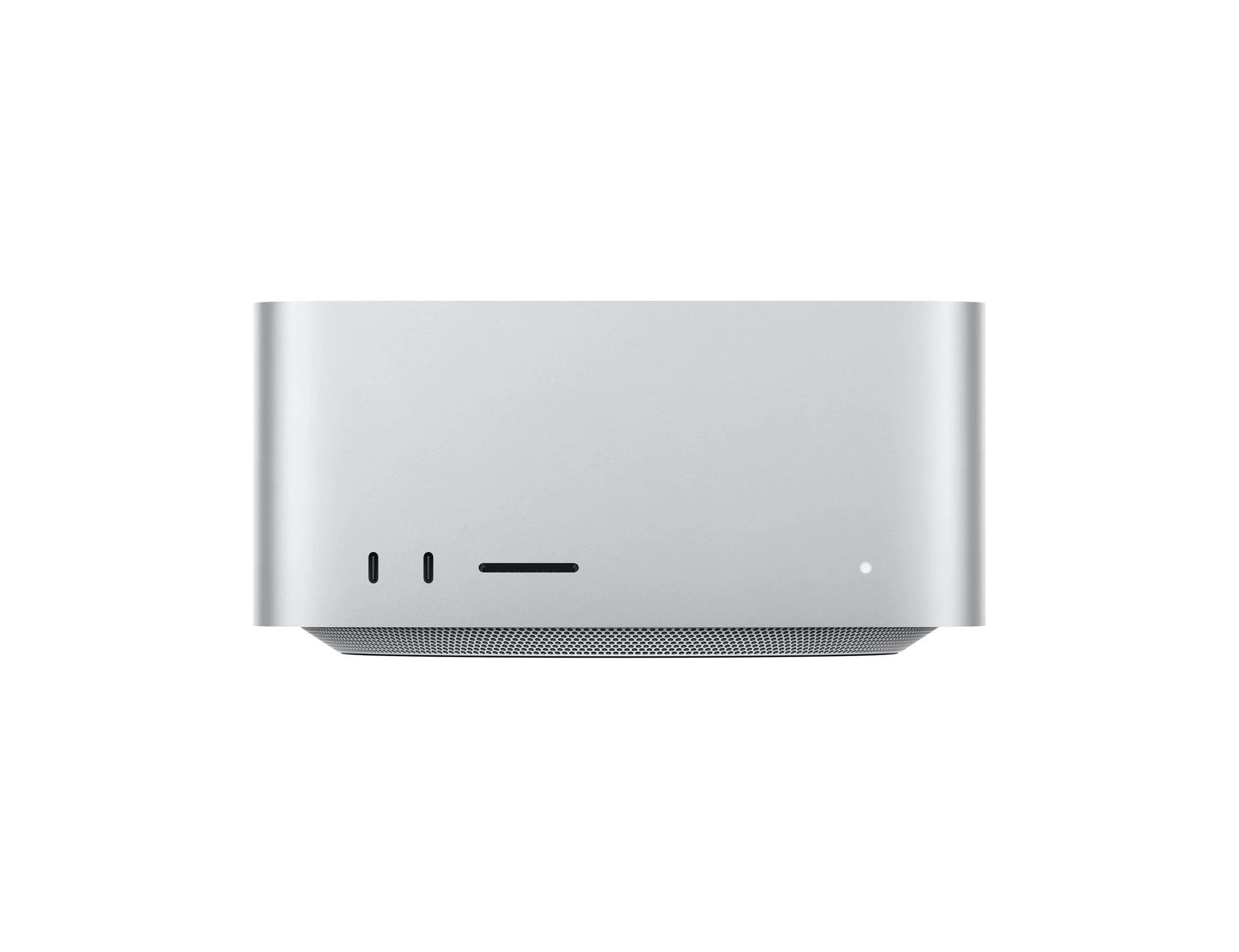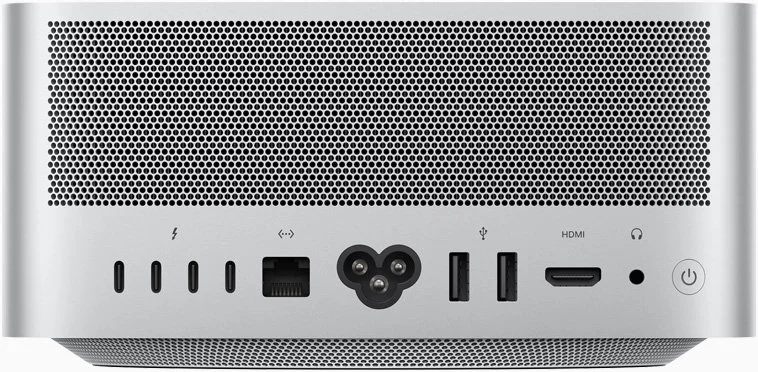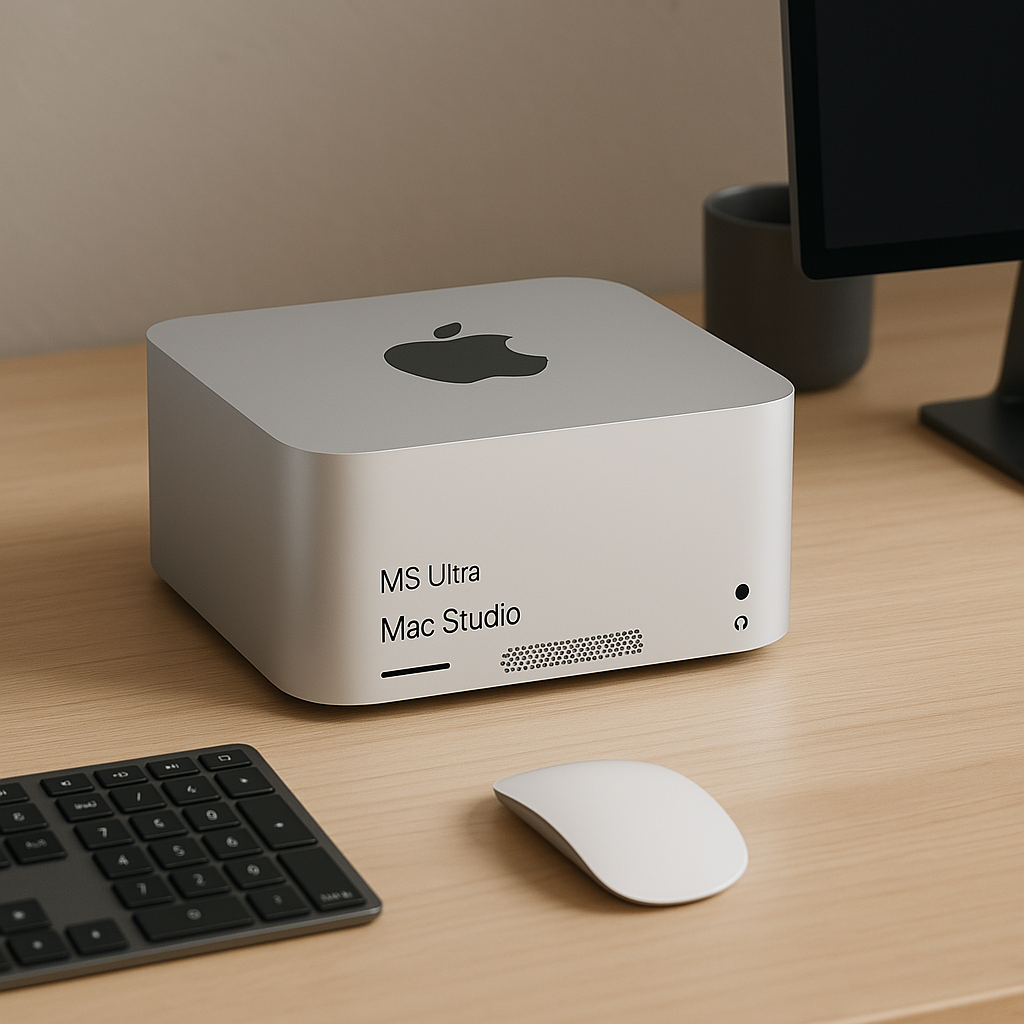Hardware Breakdown Presents: Apple's Mac Studio M3 ULTRA
I am most enamored with the Mac Studio, specifically the flagship M3 Ultra variant. This compact desktop powerhouse is designed for intensive workflows, such as machine learning, 3D rendering, and video editing, while operating quietly. The internal potent components of the Mac Studio make for a robust system. My excitement for Apple's flagship desktop leads me to wanting to examine in depth, each crucial element of the Mac Studio (the M3 Ultra). In this monthly installment of Hardware Breakdown, I’ll break down each critical component of Apple’s high-end desktop.
The M3 Ultra (SoC) System on Chip
The Mac Studio processor offers remarkable performance comparable to workstation-class CPUs such as AMD's Threadripper Pro and Intel's Xeon W9. Its multitasking capabilities are powered by Apple Silicon, which is manufactured using TSMC's advanced 3nm process. The CPU features an impressive 32 cores, comprising 24 performance cores and eight efficiency cores. Additionally, the system includes an integrated GPU with 80 cores, enhancing its graphics performance. The Neural Engine is the driving force behind the Studio's multitasking and AI capabilities. Overall, the Mac Studio stands out for its high-end specifications and multitasking efficiency.
The Unified Memory
The Mac Studio features a base memory configuration of 96GB LPDDR5, with the option to expand up to 512GB. Its unified architecture allows the CPU, GPU, and Neural Engine to share the same memory pool, eliminating bottlenecks between components. Users can choose a base SSD option of 1TB NVMe, which can be configured up to an impressive 16TB. One drawback is that the SSD is not easily removable or replaceable due to Apple's encryption protocols.
Thermal Design and Power Efficiency
The Mac Studio boasts a compact design, featuring a thermal system that can support a peak power draw of 480W from the M3 Ultra chip. It operates with near-silent efficiency, ensuring a quiet user experience even under heavy loads. The M3 Ultra chip utilizes a large copper heatsink, which is double the size of the aluminum heatsink found in the M4 Max variant. This larger copper heatsink enhances heat dissipation from the processor's dense core. The design choices reflect a focus on performance and thermal management in a compact form factor.
The Mac Studio features a sophisticated cooling system designed to efficiently manage heat. Heat is transferred from the processor using dual fans that draw in cool air from the bottom and push hot air through the heatsink. This configuration creates a clear airflow path, reducing obstructions. As a result, air flows directly over the System-on-Chip (SoC) and memory modules. This engineering ensures optimal cooling performance to maintain the system's efficiency.
Final Thought
The Mac Studio definitely Apple’s most compelling desktop for creators and developers who want raw performance in a compact form factor desktop computer. Its hardware architecture—ranges from high efficiency M-series processors to robust thermal management. This demonstrates Apple’s thoughtful balance between power density in a quiet system. While some PC enthusiasts will criticize the lack of modularity compared to high-performance PC builds, the Mac Studio thrives in its role as a compact optimized workstation.








